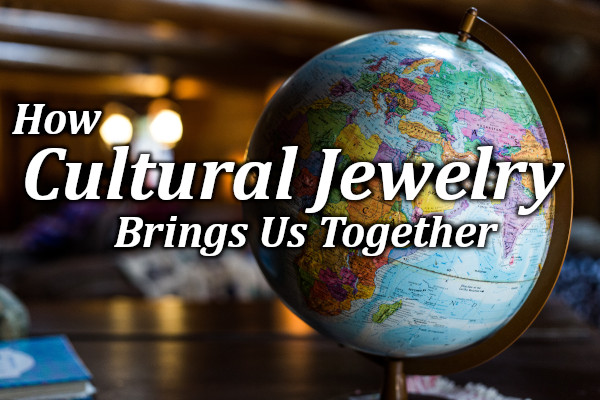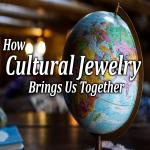
When deciding on jewelry, there are plenty of different types of accessories to choose from. People use jewelry to reflect different parts of their personality or history. A major influence is often a person’s culture. Cultural jewelry is common in numerous regions around the world. There are different cultures that are all around us, and by finding the right type of jewelry, feeling connected with your culture will never be easier.
About Cultural Jewelry
Cultural jewelry provides different meanings to people, including values, ideas, and rituals. Cultural jewelry has been around for ages. Many people believed the kind of jewelry they had on protected them from numerous different types of people, spirits, animals, or other worrisome forces or creatures.
Let’s get into the different meanings some pieces may provide.
Meanings Behind Cultural Jewelry
One of the most popular meanings behind jewelry is relationships. Different types of jewelry that represent this meaning are wedding bands, engagement rings, and promise rings. When wearing a relationship piece, it signifies the love and dedication you have toward your person.
Another common significance behind jewelry is a person’s family story. Families tend to pass down jewelry from generations before as family heirlooms. When families do this, a family’s history and culture are passed down, one generation to the next. Every piece given brings a story, a memory and often a bit of family wisdom.
Another common and significant meaning behind jewelry is a family or culture’s religious beliefs. From the golden representations of Ehyptian gods to the chains with St. Frances pendants that hang on so many rearview mirrors. Religious jewelry is often given to commemorate and celebrate milestone events such as baptisms, communions, bat mitzvahs, and other religious milestones of growth.
Different Cultures, Different Meanings
With so many cultures around the world, it’s almost impossible to number and catalog every culture’s meaning behind every piece of jewelry. From reverence for Jade in Japanese culture to the way Native Americans elevate and showcase turquoise, every culture brings its own interpretation to the jewelry landscape.
Greeks, for example, see turquoise as a form of purity, which is more often worn by maidens. Mexicans see a porcupine as a gentle animal. In the Mexican culture, porcupine jewelry is worn by people who are known to be kind and ready to defend themselves in an attack. Irish cultures tend to represent the never ending Celtic Knot, which represents an unending life.
General Jewelry Meanings
Sometimes meanings have less to do with personal culture and more to do with mass culture. While familial stories and histories are important, wider understood meanings for jewelry are also common. When someone wears an anchor, for example, most people understand they value hope and a safe refuge even if we come from different backgrounds and cultures.
Other symbols have become well known in mainstream pop culture as well. An arrow represents having the strength and courage to keep pushing forward. To some people, a dove represents peace and love. Another piece of jewelry with a specific meaning is a butterfly. Butterflies are known to represent growth, as well as beauty. Jewelry with a semicolon represent strength to keep pushing and that your journey is not over yet.
Jewelry from all over the world is shared and appreciated by many people. Cultures share their beliefs with others, which creates an enormous amount of growth in people’s knowledge around the world. Pop culture also makes its mark on the jewelry world, bringing important social issues to the mainstream.
Cultural jewelry spreads more and more each day, continuing to spread a common thread among us all. Finding the piece that is suited best for your culture often leads you to a better understanding - and respect - of the cultures that shape our lives, our world and our perceptions.



